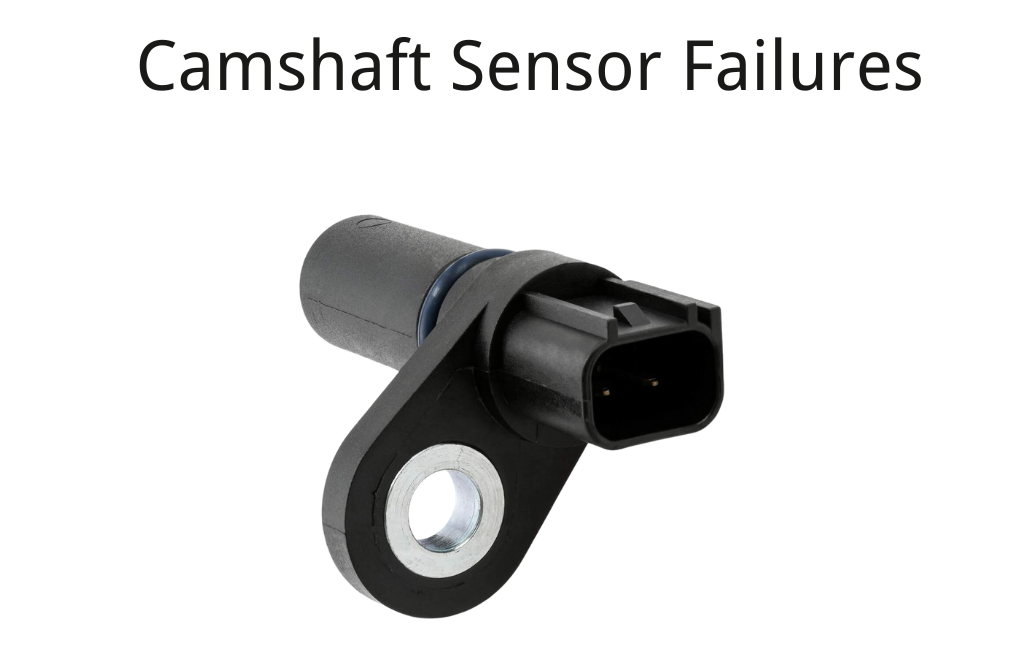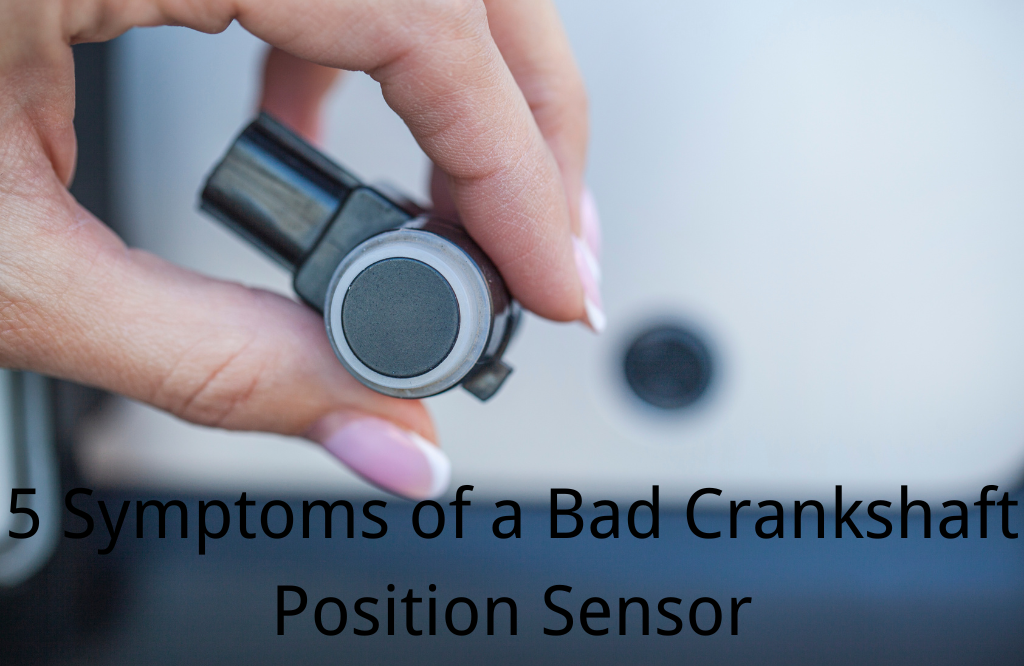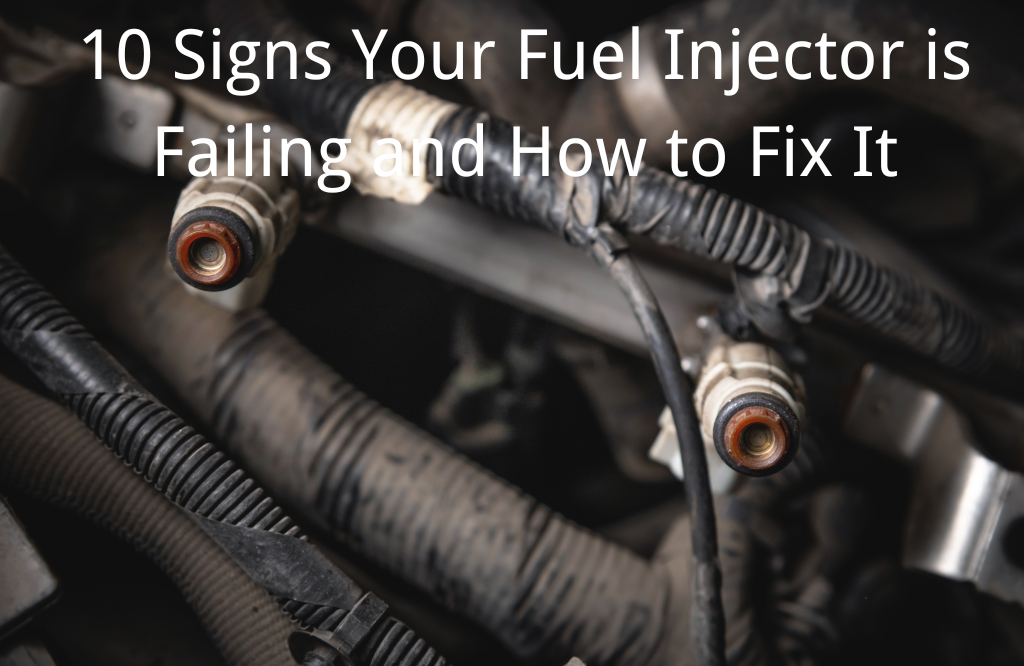Hey folks, Russell here. Let’s cut to the chase: if your car’s acting like it’s got a mind of its own—stalling, misfiring, or just refusing to start—you might be dealing with a bad Camshaft Position Sensor (CMP).
I’ve seen this tiny part cause BIG headaches for even the savviest car owners.
Today, I’m breaking down everything you need to know about the CMP sensor: how it works, red flags of failure, maintenance hacks, and what it’ll cost to fix. Buckle up—this is your no-BS guide.
What the Heck is a Camshaft Position Sensor (CMP)?
The CMP sensor is your engine’s unsung hero. Think of it as the conductor of an orchestra, coordinating the precise timing between your engine’s camshaft and crankshaft. Here’s the deal:
- Structure: It’s a small electronic device, usually mounted near the camshaft. Inside, a magnetic or Hall-effect sensor tracks the camshaft’s rotational speed and position.
- Function: It sends real-time data to your Engine Control Unit (ECU). Without this intel, your ECU can’t sync fuel injection or spark timing. Translation? Your engine runs like garbage…or not at all.
Bottom line: The CMP sensor is mission-critical for engine performance. Treat it right, or pay the price.
6 Symptoms of a Failing Camshaft Position Sensor
Don’t ignore these warning signs. Spotting them early saves you time, money, and a tow truck ride:
- Check Engine Light: The first signal for help from the ECU. Scan it with an OBD2 Scanner - Codes P0340-P0344 usually indicate a CMP problem.
- Hard Starts or No Start: If your car cranks but won’t fire, the ECU isn’t getting timing data.
- Engine Stalling: Random shut-offs? The CMP might be feeding bad intel to the ECU.
- Poor Acceleration: Hesitation or jerking = mistimed fuel/spark delivery.
- Rough Idling: Feels like your car’s got the hiccups? Blame the camshaft sensor.
- Failed Emissions Test: Incorrect timing = excess pollutants.
Pro tip: These symptoms overlap with other issues (like a bad crankshaft sensor). Diagnose before throwing parts at the problem.
How to Maintain Your CMP Sensor (and Avoid Disaster)
Look, sensors fail—it’s life. But you can delay the inevitable with smart habits:
- Keep It Clean: Oil leaks or debris near the sensor? Bad news. Fix leaks fast, and wipe down the sensor during oil changes.
- Use Quality Oil: Sludge from cheap oil gunks up the camshaft and sensor. Stick to OEM-recommended grades.
- Avoid Heat Damage: Extreme temps fry electronics. If your engine runs hot, fix cooling issues ASAP.
- Check Wiring: Frayed wires or loose connectors? A 5-minute inspection can prevent chaos.
- Replace with OEM Parts: Aftermarket sensors are cheaper…until they fail in 6 months. Don’t gamble.
Camshaft Position Sensor Replacement Cost: What to Expect
Let’s talk numbers. Costs vary based on your car’s make/model and labor rates, but here’s the ballpark:
- Parts: 250 (OEM sensors cost more but last longer).
- Labor: 150 (1–2 hours of work).
- Total: 400.
DIY? If you’re handy, some sensors are easy to swap (YouTube it). But if it’s buried under the engine cover? Leave it to a pro.
FAQs
Can I drive with a bad camshaft position sensor?
Short trips? Maybe. But it’s risky—your car could stall at any moment. Fix it ASAP.
How long do CMP sensors last?
100,000–150,000 miles. But harsh conditions (heat, poor maintenance) shorten lifespan.
Will a bad CMP sensor drain my battery?
Rarely. But if the sensor shorts, it could draw power. Check for parasitic drain.
Can I clean a dirty CMP sensor?
Sometimes. Use electrical cleaner—but if it’s damaged, replacement’s the only fix.
Final Thoughts
The camshaft position sensor might be small, but it’s a heavyweight in your engine’s performance. Ignore the symptoms, and you’ll face bigger bills down the road (think: tow fees, catalytic converter damage, or engine misfires). Stay proactive: listen to your car, maintain it smartly, and tackle CMP issues head-on.
Remember—knowledge is power, but action is profit. Don’t wait for a breakdown to become a believer.
P.S. If this saved you time or money, share it with a friend. Got more questions? Drop ’em below—we’re here to help.




Leave a comment
This site is protected by hCaptcha and the hCaptcha Privacy Policy and Terms of Service apply.